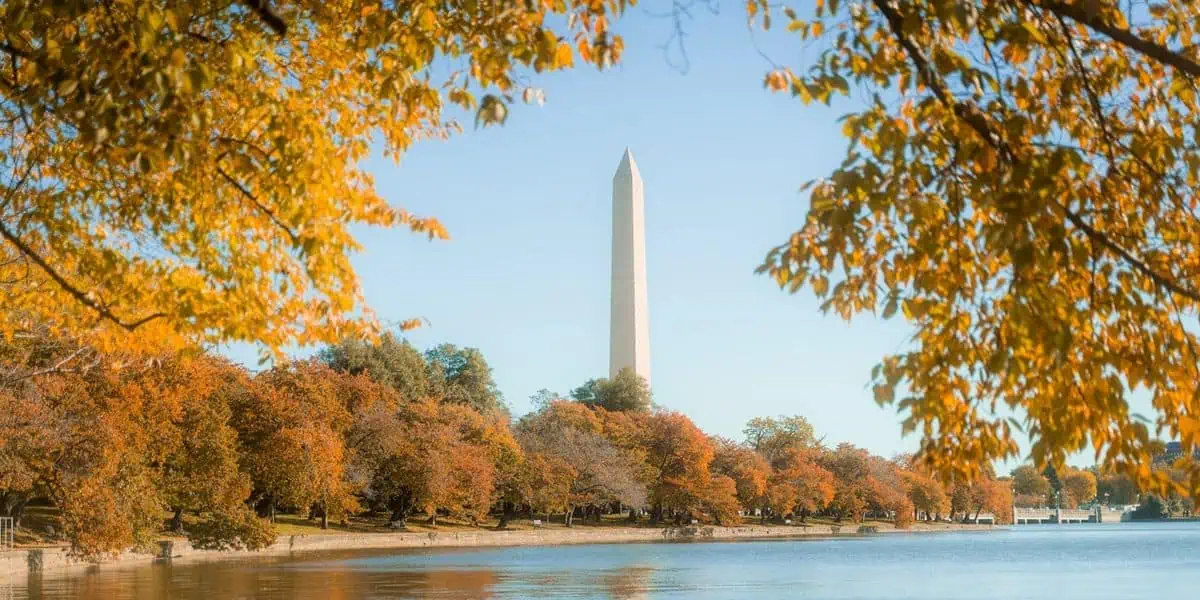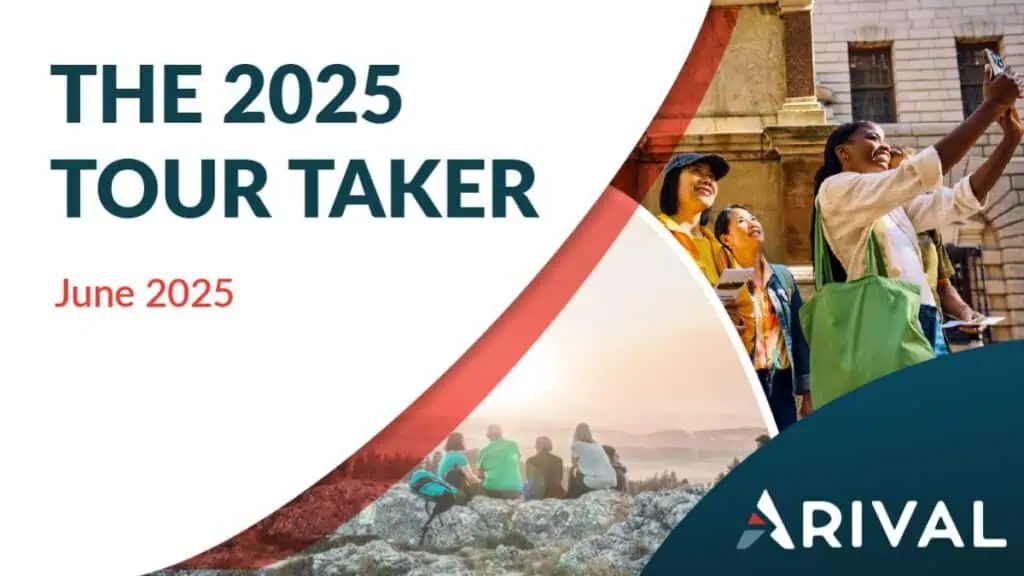Memorial Day Weekend: U.S. Air and Road Trips Up, but It’s Hardly Travel as Usual
The last Monday in May is a holiday in the United States, which typically kicks off the summer travel season. And while Memorial Day 2020 was far from normal due to COVID-19 and stay-at-home orders globally, it appears that Americans took to the roads and the skies at rates unseen since mid-March of this year. Restrictions began to ease in many states, and after two months at home, many took the opportunity to get out. The number of travelers taking flights and longer drive trips increased significantly.
Air travel increased, but was far from normal levels. Over the weekend, 1.5 million passed through TSA checkpoints, a gain over recent weeks but less than one eighth the 12.2 million who traveled by air on the same weekend in 2019. However, dine-in restaurants and other non-essential businesses are operating at limited capacity across much of the United States, so there is less opportunity for travelers to spend in destination.
For drive trips, the weekend was the busiest period since mid-March. The number of Americans who traveled more than 250 miles jumped 167% on Friday May 22, compared to the average day in February 2020, the baseline that Arrivalist uses for its Daily Travel Index. Arrivalist uses cell phone data to anonymously track Americans’ movement.
Like this? register for our Newsletter to continue the conversation
Sign UpSince Sunday, March 15, the national index has been negative nearly every day. The two weekends preceding Memorial Day contained the first two positive days in that period, showing very slight increases. But Memorial Day weekend broke away, starting with a 67% jump in 250-plus-mile trips on Thursday. It appears that Americans took trips of short duration, likely with many not even staying overnight.
Arrivalist reports its data for three levels of distance driven: 50-100 miles; 100-250 miles; and 250 miles or more. Local circumstances vary, but the biggest increase in trips over Memorial Day weekend was in the longest distance category, indicating that when Americans do get the opportunity to venture out, many choose to go beyond their immediate community for a change of scenery. These early patterns indicate that operators of paid travel activities and attractions should engage with potential visitors in their three-hour and beyond drive markets at least as much if not more than more local visitors.


















